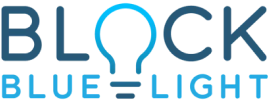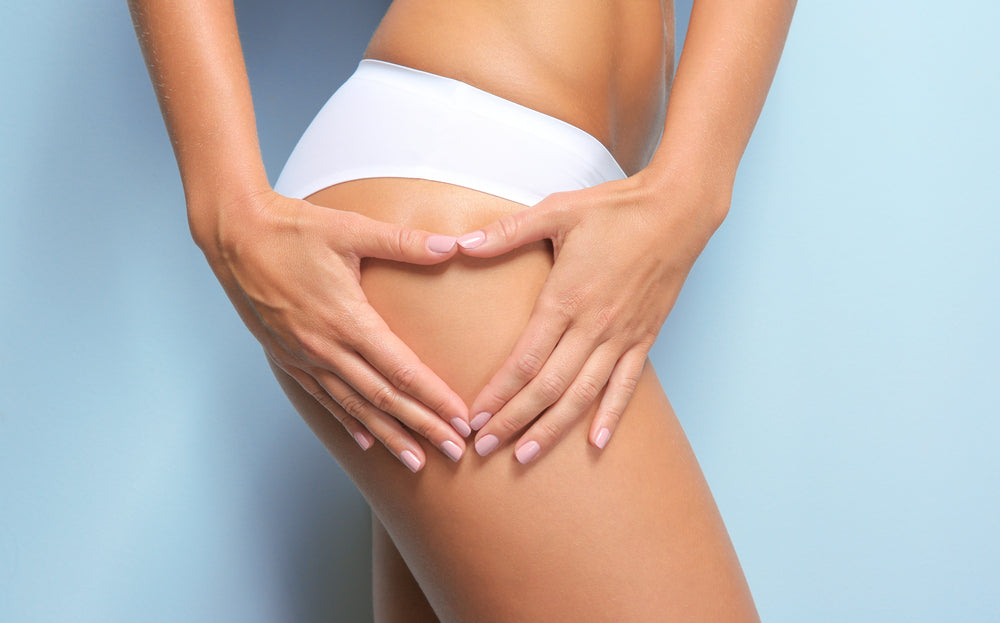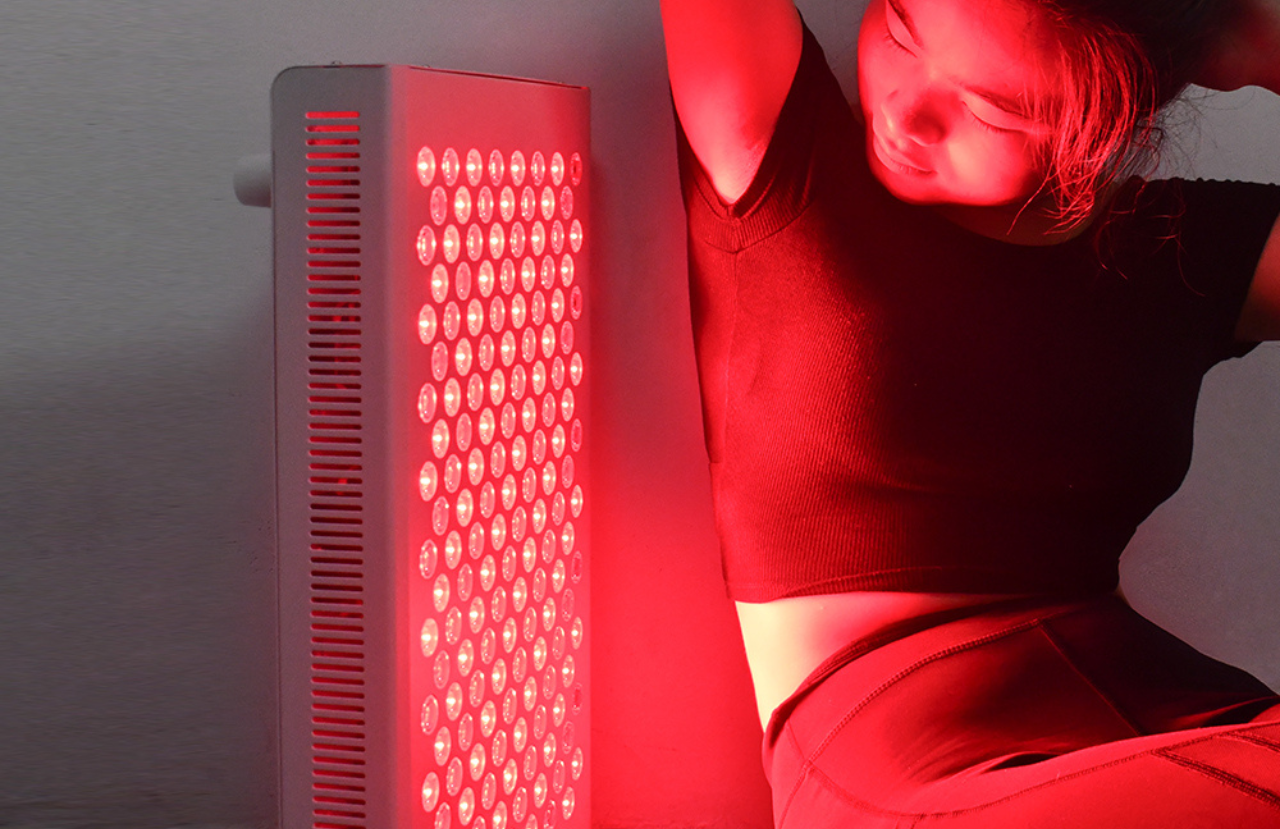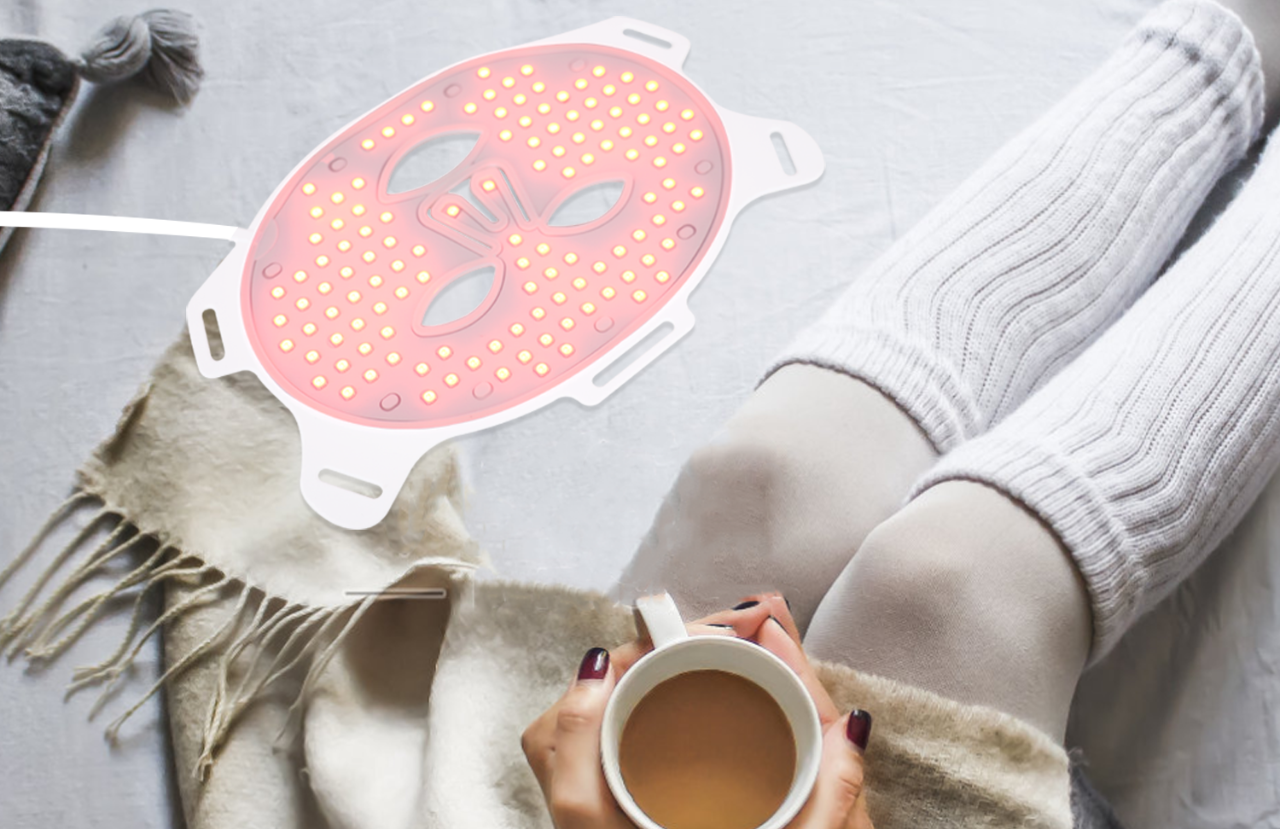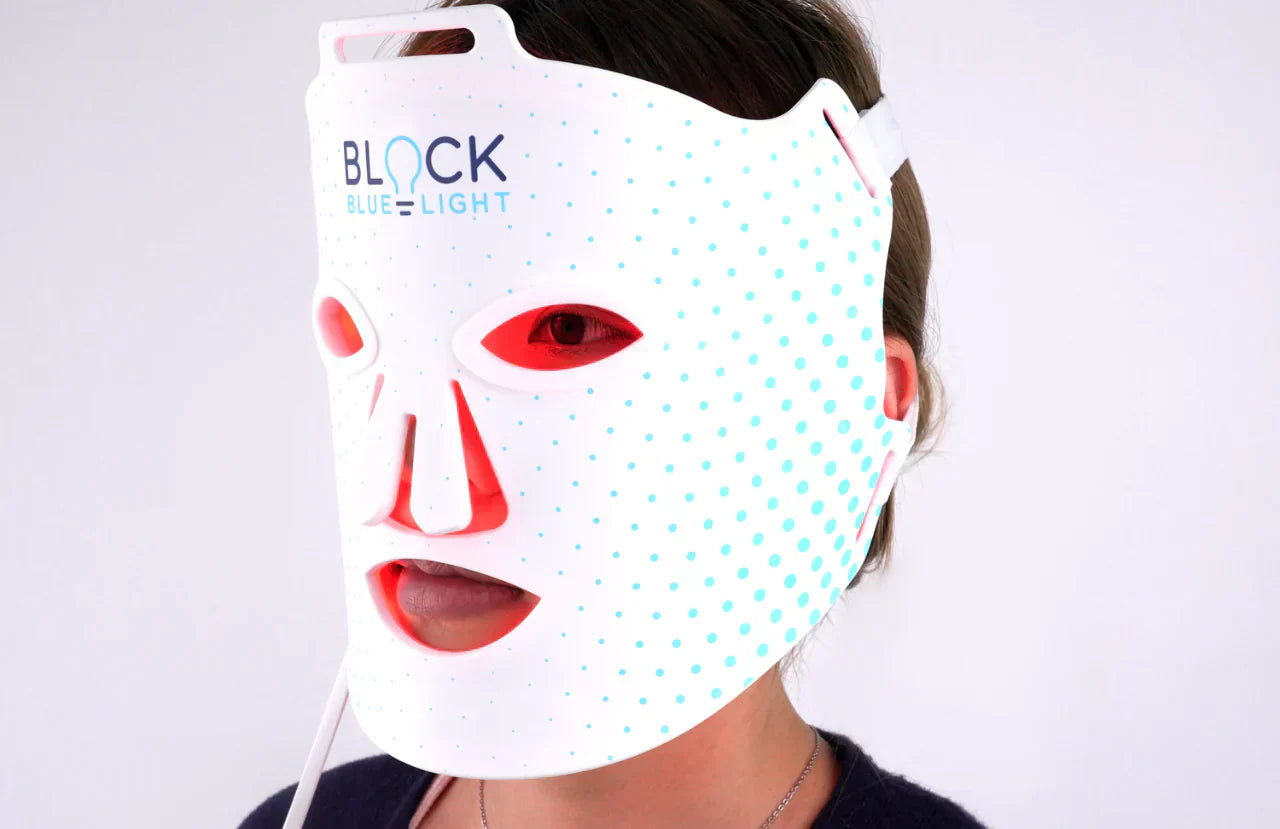Worried about cellulite and stretch marks?
You’re not alone.
Between 80% and 90% of all women have cellulite. An estimated 50-90% of women have stretch marks on areas such as breasts, hips, thighs and buttocks.
In men, these conditions are less common, but they still exist - around 10% of men experience cellulite.
Although being overweight can make the appearance of cellulite more noticeable (because the more fat you have beneath your skin, the more likely it is to put pressure on your connective tissue and bulge through the weak spots), men and women of all shapes and sizes experience these conditions.

With beauty standards rising, many people resort to invasive techniques to improve the look of their skin. Procedures such as laser skin resurfacing, subcisions and carboxytherapy are common and may cost tens of thousands of dollars.
However, it’s a myth that surgery is needed for the permanent treatment of these conditions. Non-invasive procedures such as massage techniques, radio-frequency and red light therapy remove stretch marks and have been used for thousands of years and do produce permanent results.
Can Red Light Therapy Remove Stretch Marks and Cellulite?
One of the common treatments includes red light therapy to remove stretch marks and cellulite. Red light therapy became common quickly because of its ease of use and the low cost involved. Unlike massage techniques which require you to book an appointment every time, red light therapy can be performed at home as many times per week as needed, once you’ve bought the device.
Red light therapy is pain-free and has been scientifically proven in numerous studies to work.
But how on earth does a coloured light help you get glowing skin? Continue reading to find out how this miracle light works!
What is Red Light?
Red light is light that has long wavelengths, in the range of 630nm-640nm and carries less energy. (Long wavelengths = less energy) This is in contrast to blue light which has short wavelengths and high energy. As we can see from the image below,

The type of red light that affects your eyes and sleep is light that has red light wavelengths, not simply a bulb that is tinted red. Although red-tinted lighting may also seem soothing, it doesn’t carry the effect of red light.
How Does Red Light Therapy Work?
Red light stimulates your cells to produce more energy, which helps them work more efficiently and rejuvenate themselves. Since red light has low wavelengths, it penetrates our skin easily to stimulate the mitochondria in our cells. Mitochondria are small bodies that float freely in our cells and produce energy by breaking down glucose (from our food) with oxygen, into ATP. ATP is the ‘energy currency’ of our body. Whenever we eat, sleep, move around or even breathe, ATP powers us. There are thousands of mitochondria in our cells whose sole job is to produce energy for our body.

Red light improves their functioning and this increased energy is used during ‘red light therapy’ for multiple purposes, including;
- For skin therapy, to reduce fine lines and wrinkles
- At the site of injuries to improve wound healing and help repair tissues
- To help reverse sun damage
- To help reduce pain and stiffness in people who suffer from rheumatoid arthritis
- To improve hair growth in those that have alopecia andrecia
- To aid in joint health for those who have osteoarthritis in their knees
- To help reduce the appearance of scars
Red light is also used by doctors in advanced treatments such as cancer treatments and for the treatment of foot ulcers and many more.
Due to its efficacy, red light therapy is used to help treat and heal numerous eye issues, such as
- Age-related macular degeneration, or vision-loss from aging
- Glaucoma
- Optic Nerve Injuries
- Inflammation
Red light is even used to treat acne and skin disorders, for its same properties!
The effectiveness of red light therapy for various treatments is undoubted, but can red light therapy remove stretch marks? Are there any benefits of red light therapy for cellulite?
Let’s take a look at a few studies which show that red light therapy does produce results with stretch marks and cellulite.
What are the benefits of Red Light Therapy or Cellulite?
Red light therapy doesn’t target the appearance of cellulite, the same way that scrubs, massages and gels do. It works on the mechanisms behind the formation of cellulite and it slows them down!
Red light therapy increases collagen production
We all know that the appearance of cellulite increases with age, because the connective tissue in our body weakens, which causes the fat particles to bulge through more easily. Well, red light slows down this process by strengthening and energizing the cells of the connective tissue.
Red light therapy improves blood flow
Another benefit of red light therapy for cellulite is that it improves circulation by triggering smooth muscles in the blood vessels to relax. Improved blood flow means more oxygen and nutrients for your blood, to help it produce collagen and glow! The blood flowing out of the area helps to eliminate waste and toxins.
Red light therapy boosts the lymphatic system
Since the lymphatic system isn’t pumped throughout the body, like blood is, it relies on movement to shuttle the lymph around. And the accumulation of lymphatic fluid in fat cells can lead to cellulite. The benefit of red light therapy for stretch marks is that it wakes your lymphatic system up and reminds the lymph to back to the bloodstream, where they belong!
Can Red Light Therapy Remove Stretch Marks?
Just like cellulite, stretch marks also have to do with collagen. Stretch marks are formed when your skin is stretched at such a rapid rate that the fibroblasts aren’t able to produce enough collagen in time to support the growth. (Fibroblasts are the main cell responsible for synthesizing collagen.) Your body repairs the tears in a rush, with scar tissue in which collagen is arranged in a wonky manner. Red light therapy increases ATP production, collagen production and blood flow to the area it is exposed to. This boosts your body’s healing mechanisms and reduces the time needed for stretch marks to fade and blend with the surrounding tissue.
If you’re convinced about giving red light therapy a shot, you can either book yourself an appointment or buy a red light panel for home use.
Buying a red light device for yourself is cost-effective in the long run and will save you from having to book costly appointments. Since red light panels are versatile, you can use them for other health conditions and share them with family members too.
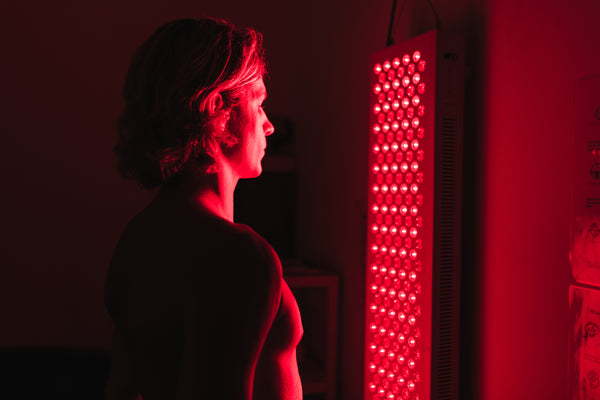
What to look for when buying red light therapy for cellulite reduction?
It’s important that the device you get actually works. Red light isn’t just white light with a red tint on top! When buying, a panel, take note of the following features:
- The wavelength should be from 660nm to 880nm. Check for the spectrum report on the manufacturers website. All of BlockBlueLight’s therapy panels are tested by a lab-grade spectrometer and the reports are available with each product’s description
- The panel should be anti-flicker- flickering will strain your eyes
- The panel should produce minimum heat- if it heats up you won’t be able to stay close long enough to get the desired benefits.
Now that you know all about how red light therapy works, you can browse our range of top of the line red light panels or learn about how to do red light therapy at home for skin benefits.
References:
https://www.ncbi.nlm.nih.gov/pmc/articles/PMC3499892/
https://www.nature.com/articles/s41598-021-02311-1
https://pubmed.ncbi.nlm.nih.gov/28619506/
https://journals.plos.org/plosone/article/figure?id=10.1371/journal.pone.0066448.g002
https://pubmed.ncbi.nlm.nih.gov/22595370/
https://nyaspubs.onlinelibrary.wiley.com/doi/abs/10.1196/annals.1352.040
https://www.tandfonline.com/doi/abs/10.1080/14764172.2017.1326609?journalCode=ijcl20
https://pubmed.ncbi.nlm.nih.gov/16989189/
https://agsjournals.onlinelibrary.wiley.com/doi/full/10.1111/j.1532-5415.1992.tb01824.x
